Identify critical control points and critical limits and establish monitoring methods, record-keeping procedures and appropriate corrective actions
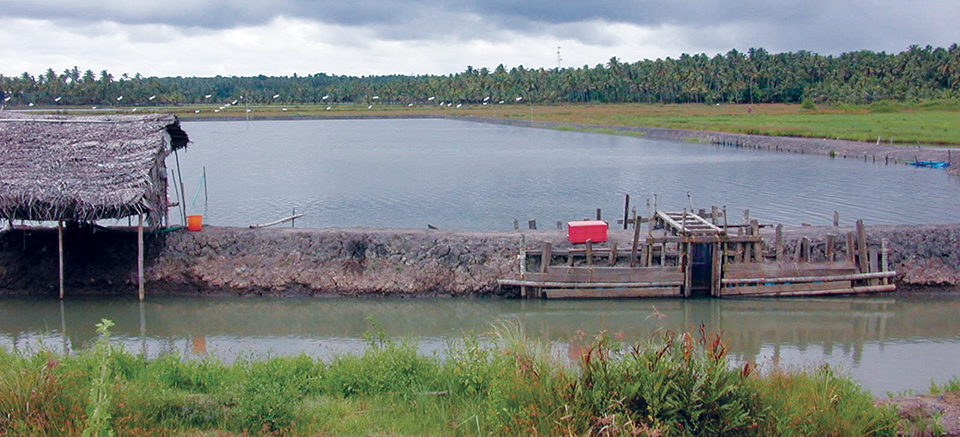
Hazard analysis critical control point (HACCP) management is accepted on a worldwide basis as a food safety tool. It has also been used as a risk management tool for aquaculture operations. HACCP is a preventive management system that can be used to anticipate and control hazards such as the use of unapproved antibiotics and chemicals in aquaculture operations.
The abbreviated HACCP principles presented here are from the Joint Institute for Food Safety and Applied Nutrition Good Aquacultural Practices Program Manual, which focuses on shrimp, but can be used for any aquaculture species. Additional information was provided by the National Seafood HACCP Alliance for Training and Education.
HACCP: seven principles
The first step in establishing a HACCP program is to form a team consisting of individuals with specific knowledge about the aquaculture operation. The team then develops and verifies a flow diagram of the aquaculture operation.
The second step is to apply the seven principles of HACCP to the aquaculture operation:
- Conduct hazard analysis and identify preventive measures.
- Identify critical control points in the process.
- Establish critical limits.
- Monitor each critical control point.
- Establish corrective actions.
- Establish verification procedures.
- Establish record-keeping and documentation procedures.
Conduct hazard analysis
A hazard is a biological chemical agent or physical agent. This example focuses only on chemical hazards such as antibiotics. After hazard identification, the HACCP team conducts a hazard analysis, a three-step process in which the list of potential hazards developed during the hazard identification is narrowed to those hazards that are significant to the aquaculture operation.
The activities of hazard analysis include constructing a flow diagram of the aquaculture operation, identifying potential hazards, evaluating hazards and identifying the control measures.
Aquaculture hazards list
- Chemical hazards
- Antibiotic residues
Examples of control measures to prevent antibiotic residues include:
Source control
- Certificates of conformance for each shipment of shrimp and feed to the aquaculture farm indicating that unapproved antibiotics were not used.
- Testing of shrimp and feed for antibiotic residues.
Production control
- Use of good aquaculture practices.
- No use of unapproved antibiotics for disease treatment or disease control during culture of the shrimp.
- Disease treatment conducted under the guidance of a veterinarian.
Final product control
- Analytical testing of final products to ensure no antibiotic residues are present in them.
Identify critical control points
A critical control point is a step at which control must be applied to prevent a hazard. Drug residues can be prevented at the receiving step by obtaining shrimp and feeds from approved suppliers and periodically testing shrimp and feed.
Production control ensures that unapproved antibiotics are not used during growing operations, disease treatment is conducted under the guidance of a veterinarian, appropriate withdrawal times are followed and shrimp are tested before harvest to ensure antibiotic-free shrimp.
Establish critical limits
A critical limit is a maximum and/or minimum value. An example of a critical limit is no unapproved antibiotic residues present in feed or shrimp.
Establish monitoring procedures
Monitoring is a process that the aquaculture operation relies on to maintain control at a critical control point. Accurate monitoring indicates when there is a lack of control and when a deviation from a critical limit occurs. Reviewing the monitoring records and finding the last recorded value that meets the critical limit can determine the extent of the deviation. Monitoring provides a written record that shows the HACCP management plan is being followed and is controlling the identified hazards.
- What will be monitored? It is important that trained personnel perform these analyses and follow scientifically acceptable methods and an appropriate sampling plan.
- Monitor shrimp and feed.
Confirmation of preventive measure is performed at a critical control point.
- Review vendor’s certificates of conformance.
- Conduct antibiotic tests on shrimp and feed using reliable, validated methods.
- Review antibiotic analytical testing results.
Who will monitor? The person responsible for monitoring critical limits at each control point must be trained to understand the importance of collecting real-time, accurate information.
- Those responsible for monitoring should:
- Be trained in critical control point-monitoring techniques.
- Have ready access to the monitoring activity.
- Accurately report each monitoring activity.
- Immediately report critical limit infractions so that immediate corrective actions can be taken.
How often will monitoring occur?
- As often as necessary to ensure the effectiveness of the HACCP plan.
Establish corrective actions
When critical limits are violated at a critical control point, corrective actions that identify the procedures used to restore control must be implemented. It may be possible to correct the problem on the spot.
Corrective action components are designed to correct and eliminate the cause of the deviation and restore control. A corrective action should address the immediate, short-term problem as well as provide a long-term solution.
Corrective action options include:
- Isolating and holding the shrimp and/or feed for safety evaluation.
- Holding and/or diverting the affected shrimp or feed where the deviation would not be considered critical.
- Destroying the shrimp and/or feed.
Corrective action reports are usually written in an “if, then” format. For example, if antibiotic residues are found in shrimp, then separate and/or quarantine the shrimp and determine its final disposition.
Establish verification procedures
The proper development and implementation of the verification principle is fundamental to the successful execution of the HACCP plan. The purpose of verification is to provide a level of confidence that the plan is based on sound scientific principles and is controlling the hazards associated with the aquaculture operation.
Verification includes targeted sampling and testing of shrimp and feed to ensure vendor compliance with purchasing specifications. It can also include quarterly testing of feed for antibiotic residues and monthly or quarterly testing of shrimp for antibiotic residues.
Systematic verification activities should occur at a frequency that ensures the HACCP plan is being followed. Verification frequency depends on a number of conditions, such as a change in supplier of larval shrimp or feed. Verification activities include on-site observations and record reviews. An unbiased person who is not responsible for performing the monitoring activities should perform the verification reviews.
A HACCP team or an individual qualified by training or experience should conduct the validation of the HACCP plan. Validation is a scientific and technical review of the rationale behind each part of the HACCP plan, from hazard analysis through each critical control point verification strategy. Revalidation of the plan may be warranted by a change in the aquaculture feed and shrimp supplier, or if unapproved antibiotics or chemicals are found in the shrimp and/or feed.
Establish record-keeping procedures
Accurate record-keeping and documentation procedures are an integral part of HACCP. Four documentation categories are maintained:
- HACCP plan and support documentation used in developing the plan.
- Records of critical control point monitoring.
- Records of corrective actions.
- Records of verification activities.
HACCP plan support documents could include applicable good aquaculture practices, the hazard-analysis worksheet and related records, a list of HACCP team members and their responsibilities, a summary of preliminary steps taken in the development of the HACCP plan, certificates of compliance and analytical testing results.
Records should be stand-alone documents that are easily understood by an auditor or assigned reviewer. All records should be on forms that at a minimum contain the form title; company name, description and location; date and time; and actual observations or analytical measurements taken. The forms should also identify critical control points and critical limits, and include the date of review and signatures of the operator and reviewer.
Editor’s Note: This article content was reproduced with the permission of JIFSAN. No other use is permitted without the written approval of the University of Maryland.
(Editor’s Note: This article was originally published in the September/October 2008 print edition of the Global Aquaculture Advocate.)
Now that you've reached the end of the article ...
… please consider supporting GSA’s mission to advance responsible seafood practices through education, advocacy and third-party assurances. The Advocate aims to document the evolution of responsible seafood practices and share the expansive knowledge of our vast network of contributors.
By becoming a Global Seafood Alliance member, you’re ensuring that all of the pre-competitive work we do through member benefits, resources and events can continue. Individual membership costs just $50 a year.
Not a GSA member? Join us.
Author
-
Michael Jahncke, Ph.D.
Professor/Director, Virginia Tech
Virginia Seafood Agricultural
Research and Extension Center
Virginia Sea Grant
102 South King Street
Hampton, Virginia 23669 USA
Tagged With
Related Posts
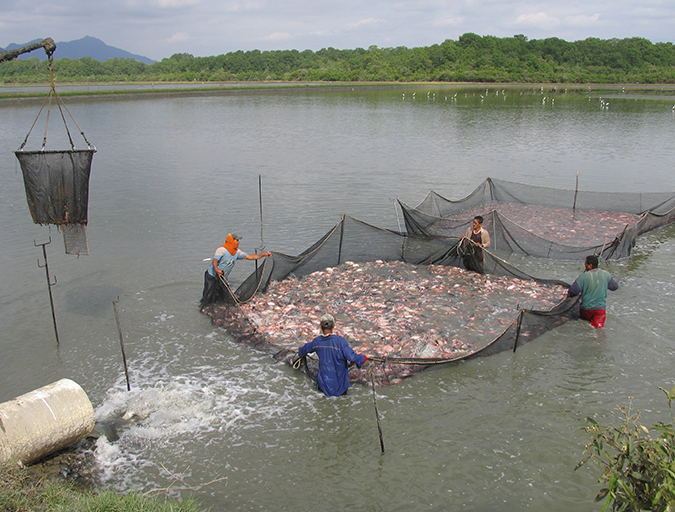
Responsibility
Addressing safety in Latin America’s tilapia supply chain
Over the last decade, the experience gained by many tilapia farmers combined with proficient programs implemented by local governments have significantly improved tilapia production in various Latin American countries like Colombia, Mexico, Ecuador and other important tilapia producers in the region.
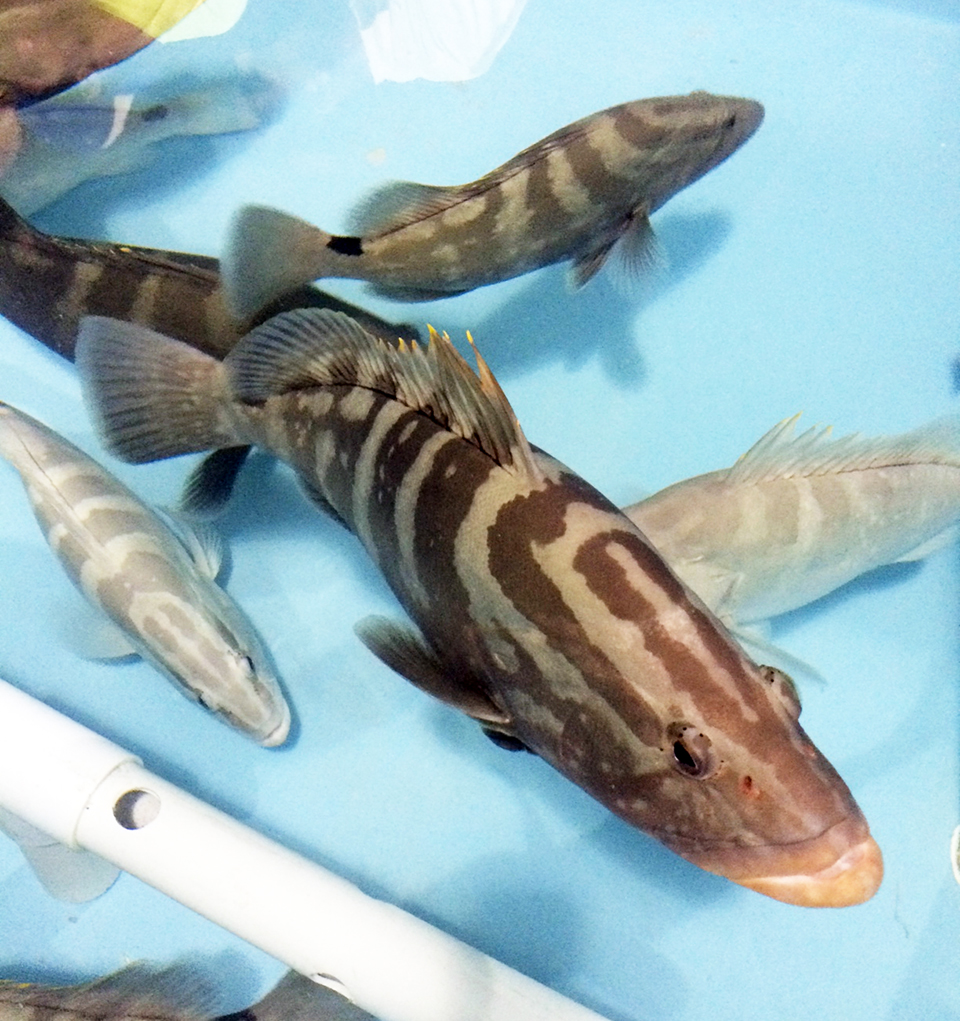
Intelligence
Bahamas venture focuses on grouper, other high-value marine fish
A new venture under development in the Bahamas will capitalize on Tropic Seafood’s established logistics and infrastructure to diversify its operations from processing and selling wild fisheries products to include the culture of grouper and other marine fish.
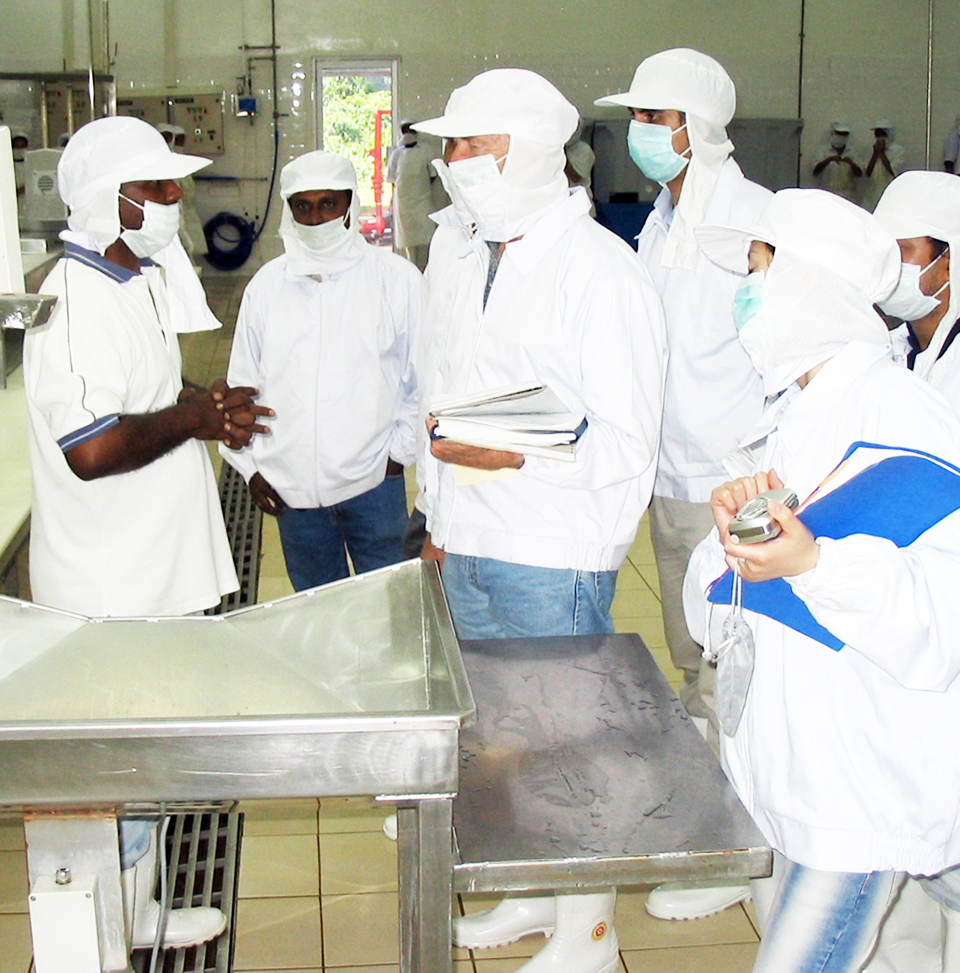
Responsibility
Certification programs for aquafeed manufacturing
Private aquafeed certification standards have been developed to bring trust and demonstrate responsible industry practices among aquafeed manufacturing stakeholders.
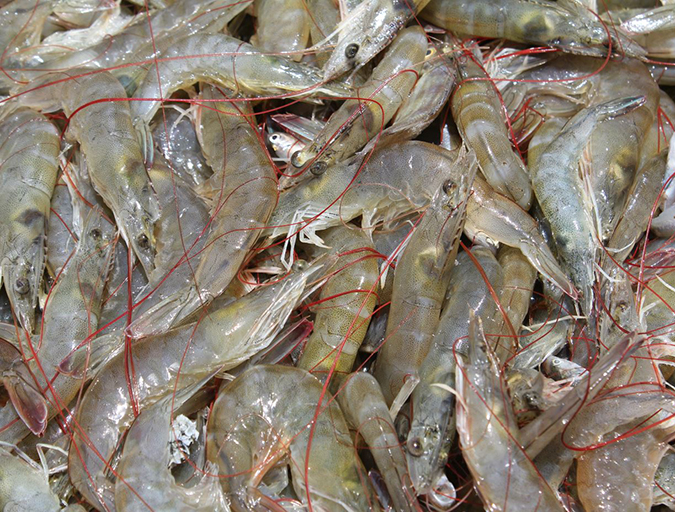
Intelligence
Critical decisions for shrimp harvesting and packing, Part 1
Harvesting a crop of shrimp is a critical step for any shrimp farming venture. Several months of efforts and resources to properly raise a quality crop have already been invested, and this quality must be preserved. The decision to harvest involves consideration of various factors.


